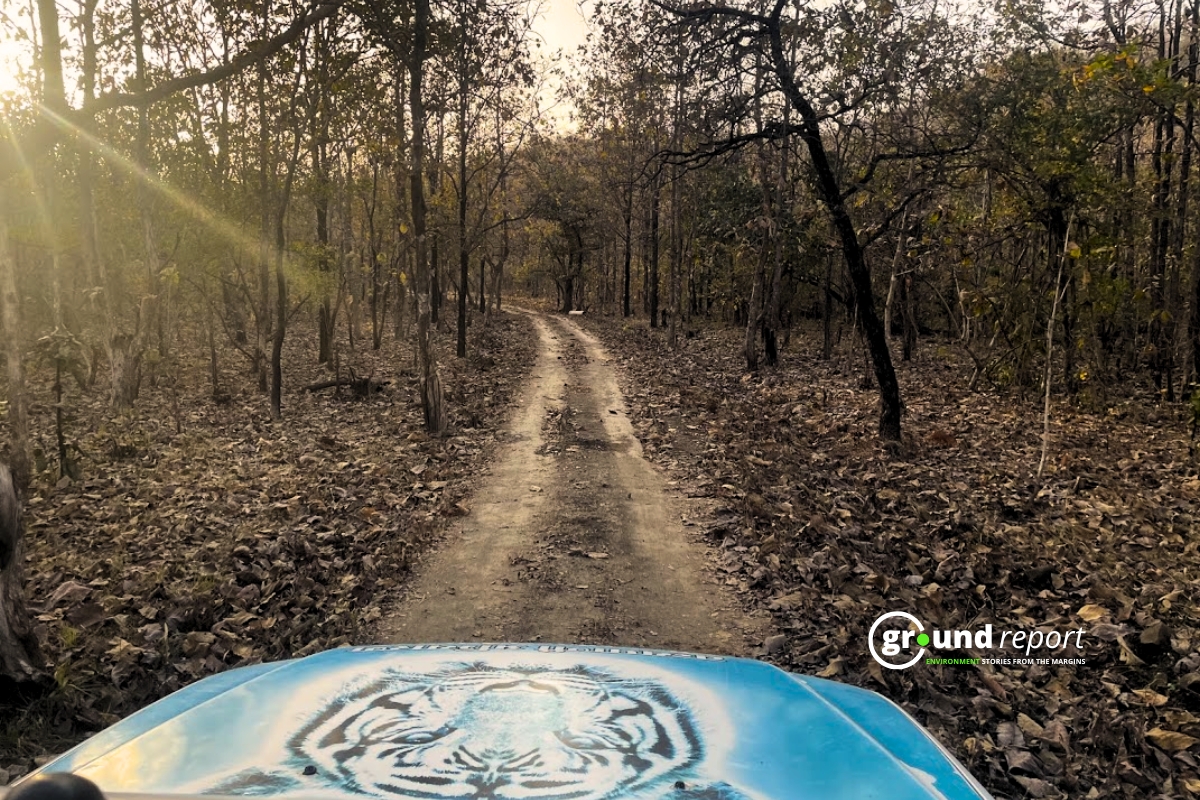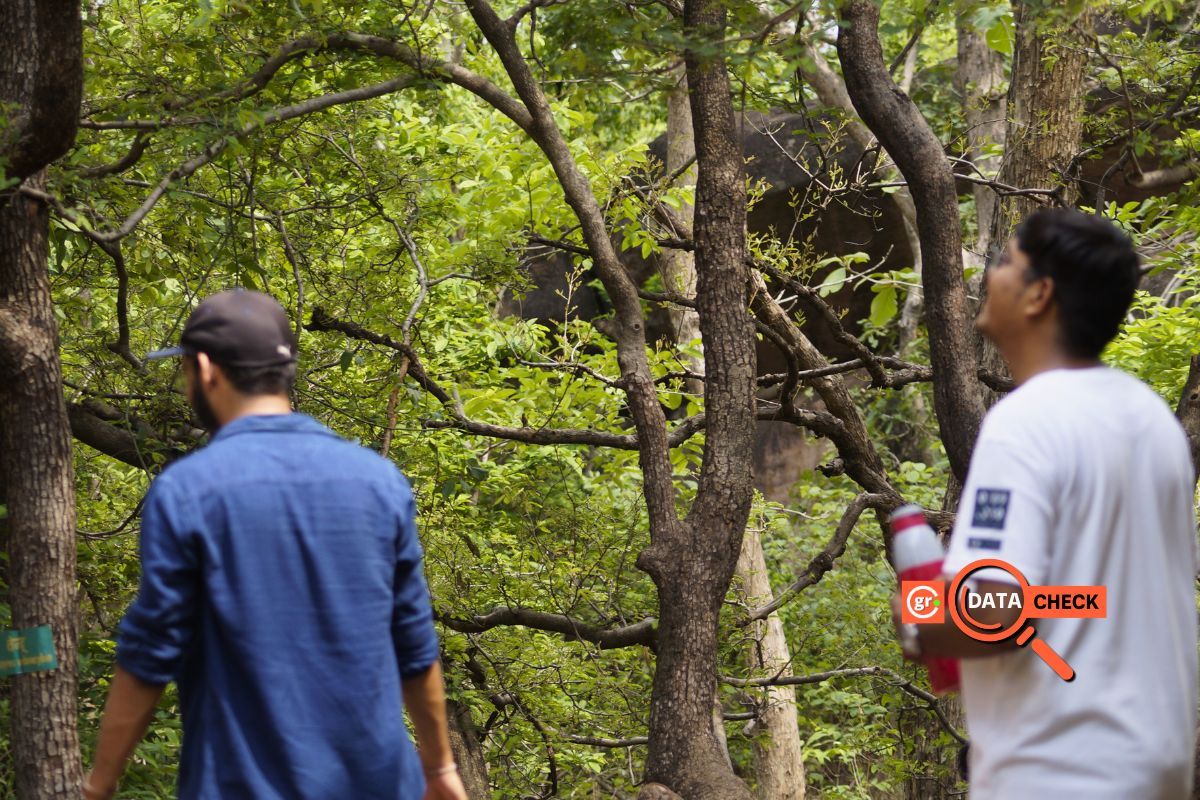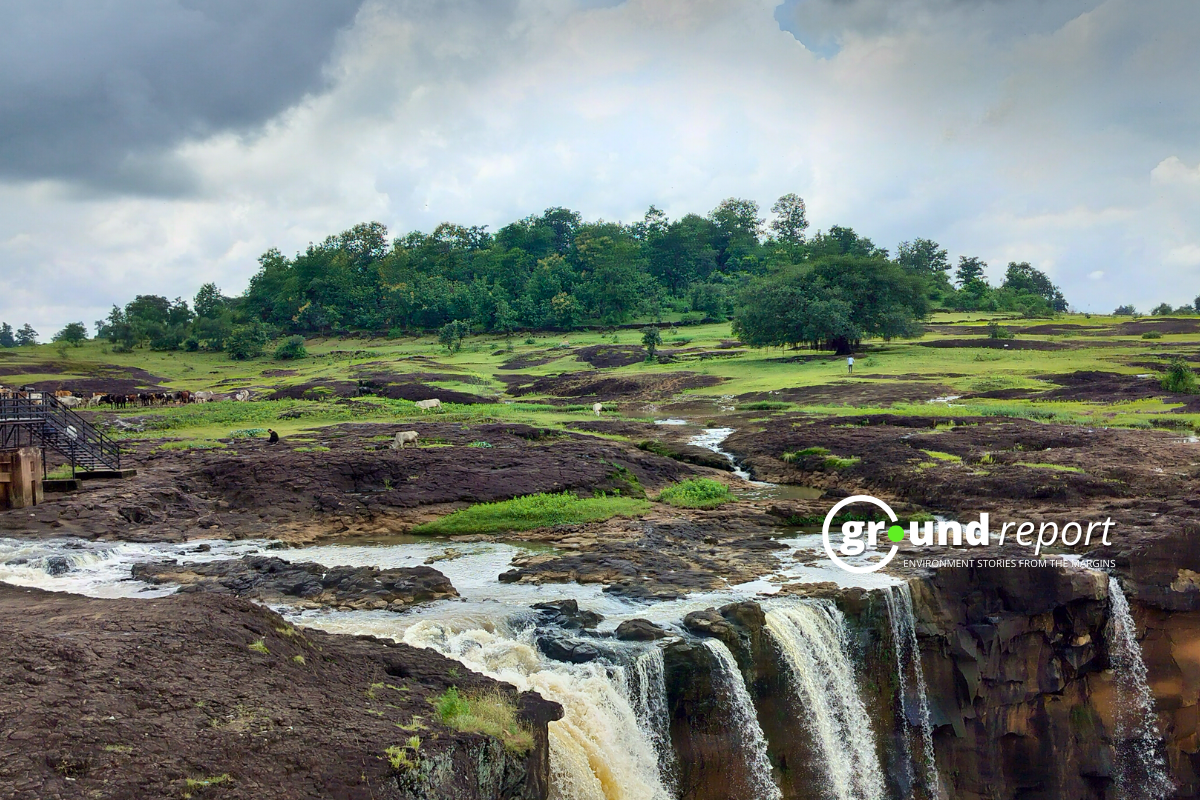For a span of 15 years prior to the Bhopal Gas disaster (2 December 1984) , Union Carbide consistently disposed of highly toxic chemical waste both within and outside the premises of their factory.
Inside the plant, a distressing sight awaited – 6 hectares (16 acres) covered in scattered tons of pesticides, solvents, chemical catalysts, and their byproducts. Adding to the concern, the factory’s surroundings included 14 hectares of land filled with evaporation ponds of liquid waste.
The factory was shut after disaster but toxic waste that had collected over the years lying in the 67-acre area, contaminating the groundwater supplying drinking water of the surrounding areas.
In the year 1999 legal fight to dispose off this toxic waste began
In Nov 1999, Greenpeace, an environmental NGO, conducted a study that revealed the contamination of soil and water in and around the plant with organochlorines and heavy metals. These substances are known to be highly toxic and have the potential to accumulate in the human body.
On Nov 15, 1999, Bhopal activists pursued legal recourse in US courts against UCC to address the environmental damage outlined in two reports. In the Southern District Court of New York, a class action lawsuit by the name of Bano v. Union Carbide was filed against Anderson and UCC.
On Aug 28, 2000, Judge John F. Keenan dismissed the case of Bano v. Union Carbide primarily because the Bhopal Act, enacted in 1985, restricted non-governmental entities from suing Union Carbide or its officials. Additionally, Judge Keenan cited the 1989 settlement which resolved all potential future claims.
Oct 20, 2002: Madhya Pradesh announces plans to urge Indian Supreme Court to order Dow Chemicals to clean up contaminated soil and groundwater at Union Carbide factory site in Bhopal.
Dec 12, 2002, the Central Pollution Control Board mandated the prompt removal of toxic chemical waste from the Union Carbide factory premises, setting a strict deadline of 15 days.
In the year 2004, Activist Alok Pratap Singh took legal action by filing a public interest litigation in the MP High Court. The intention was to hold Dow Chemical accountable for the pollution at the site and to prompt immediate measures for its cleanup.
March 17, 2004: The Second Circuit Court of Appeals partly reverses Judge Keenan’s decision with regards to Bano v. Union Carbide. The Court held that Union Carbide could be ordered to clean up individual victims’ property, and could also be ordered to clean up the plant site itself, if the Indian government, which owns the land on which the plant sits, were to intervene and request such a clean-up with a no objection certificate.
In June 2004, the Madhya Pradesh government urged the center to grant the ‘No Objection Certificate’ for disposing Toxic Chemicals at Union Carbide plant site in Bhopal. Rashida Bee, Shahid Noor, and activist Satinath Sarangi began an indefinite hunger strike without water to pressure the Indian Government into issuing the certificate.
March, 2005, the HC forms a task force, led by the secretary of chemicals and petrochemicals, GOI, to remove toxic waste from the plant. MP High Court instructs NEERI to conduct a pre-treatment study. Ramky Enviro Engineers Limited, a Hyderabad-based company, contracted to handle the pre-treatment and packaging of the 390-tonne waste. 40 tonnes of the waste are deemed suitable for landfills.
Feb 2007: MP HC directs sending 350 tons for incineration to BEIL in Ankleshwar, Gujarat, and transporting the remaining 40 tons of lime sludge to the landfill in Pithampur.
Dec 2008, the Madhya Pradesh HC orders Gujarat government to accept 350 tonnes of waste for incineration or face contempt proceedings.
Jan 19, 2009: After the high court threatened to issue contempt orders against Gujarat for refusing the waste of Bhopal, and the Gujarat government appealed to the Supreme Court. The apex court has stayed the contempt proceedings of the Madhya Pradesh High Court.
April 2009: Bhopal Group for Information and Action and others intervene in the SC case, requesting waste disposal abroad due to inadequate facilities in India.
28 Jan 2010: Task Force presents recommendations to Supreme Court. Supreme Court orders incineration of 346MT waste at TSDF facility in Pithampur, Madhya Pradesh after trial run, and case returned to MP High Court for monitoring.
Dec 2010: Centre files curative petition in apex court for higher compensation of over Rs 7,000 crore. Claims include incorrect assumptions about deaths, injuries, losses and lack of consideration for environmental damage.
June 2011: Indian government suggests 346 MT for incineration at secret DRDO facility in Nagpur; MP High Court orders transportation action by MP government.
24 Feb 2012, GIZ (Gesellschaft für Internationale Zusammenarbeit) proposed to transport and dispose of 346MT in a Hamburg, Germany facility to the MP Government.
April 4, 2012, the Indian government filed an SLP, obtaining a Supreme Court order instructing the Madhya Pradesh government to incinerate 346MT of toxic waste at the Pithampur TSDF facility.
3, May 2012: Supreme court said, “The entire exercise should be completed within three months from the date of communication of this order responsible authority shall ensure that the work does not suffer or is not obstructed on account of inadequate or insufficient funds”
Sep 2012, After protests in Germany GIZ terminates offer to dispose of Bhopal waste.
March 4, 2013, 10MT of hazardous waste from Hindustan Insecticide Factory in Kochi was found similar to Union Carbide’s waste. The Supreme Court orders transportation of this waste from Kerala to Bhopal for incineration at Pithampur, Indore, with monitoring of all parameters.
June 2013: U.S. Court of Appeals for the Second Circuit ruled that UCC is not liable for any environmental remediation or related site environmental consequences at the Bhopal plant site in India.
April 2014, the Supreme Court ordered the MP government to conduct trials using 10 metric tonnes of toxic waste at the Pithampur waste-disposal facility. In 2013, as a prelude to the trials, 10 metric tonnes of toxic waste from a Kochi insecticide plant was incinerated there.
17 March 2022: HT reported The 337 tonnes of hazardous waste at the Union Carbide’s plant in Bhopal will be burnt at an incinerator at Pithampur industrial areas in Indore, 37 years after the gas leak from the chemical plant killed close to 4,000 people.
Mar 14, 2023: SC dismisses Centre’s curative petition seeking enhancement of compensation to victims.
Keep Reading
How many Cheetahs are there in India?
10 Richest states of India in the year 2024 and their GSDP
10 Poorest states in India in 2024
10 Indian cities facing water scarcity in 2024
Support us to keep independent environmental journalism alive in India.
Follow Ground Report on X, Instagram and Facebook for environmental and underreported stories from the margins. Give us feedback on our email id greport2018@gmail.com.
Don’t forget to Subscribe to our weekly newsletter, Join our community on WhatsApp, and Follow our YouTube Channel for video stories.










